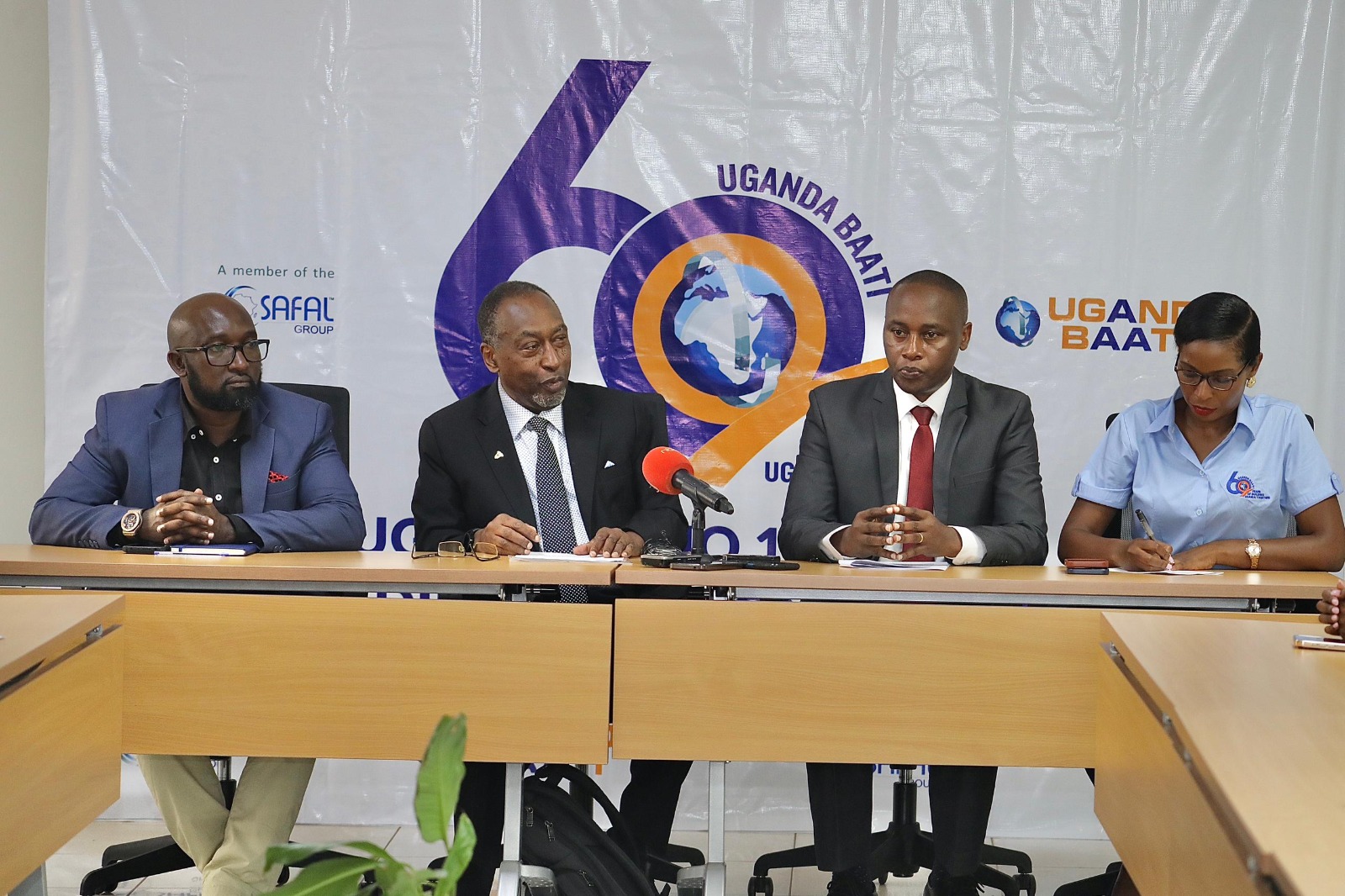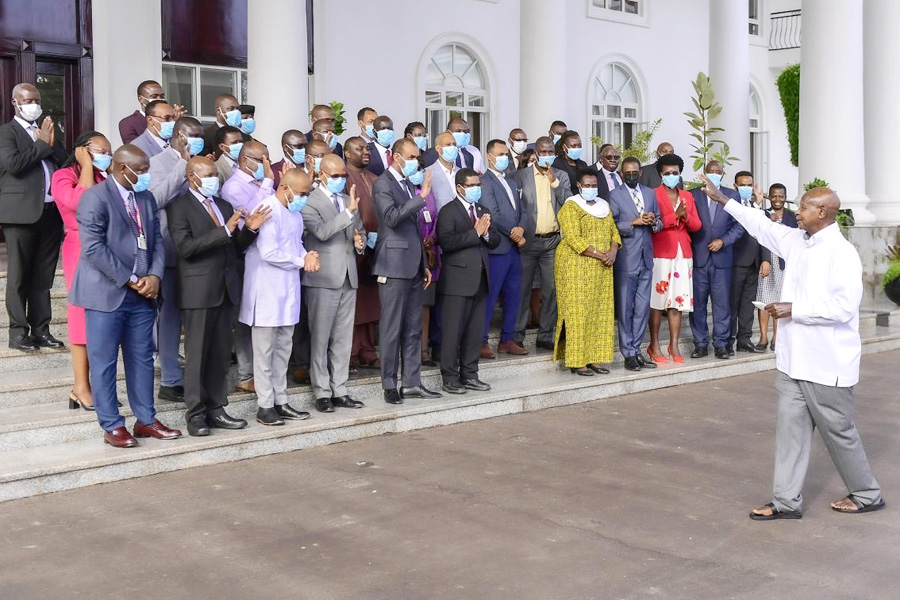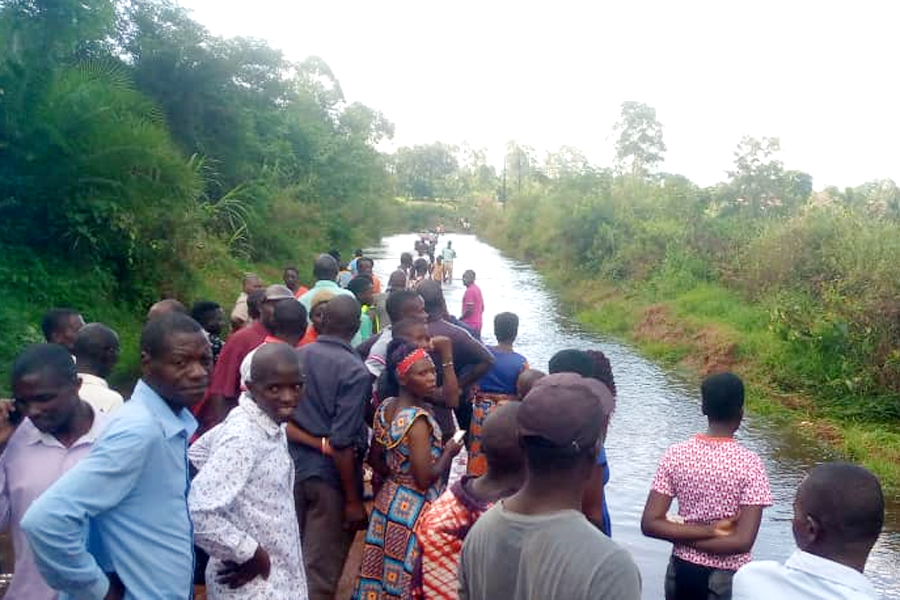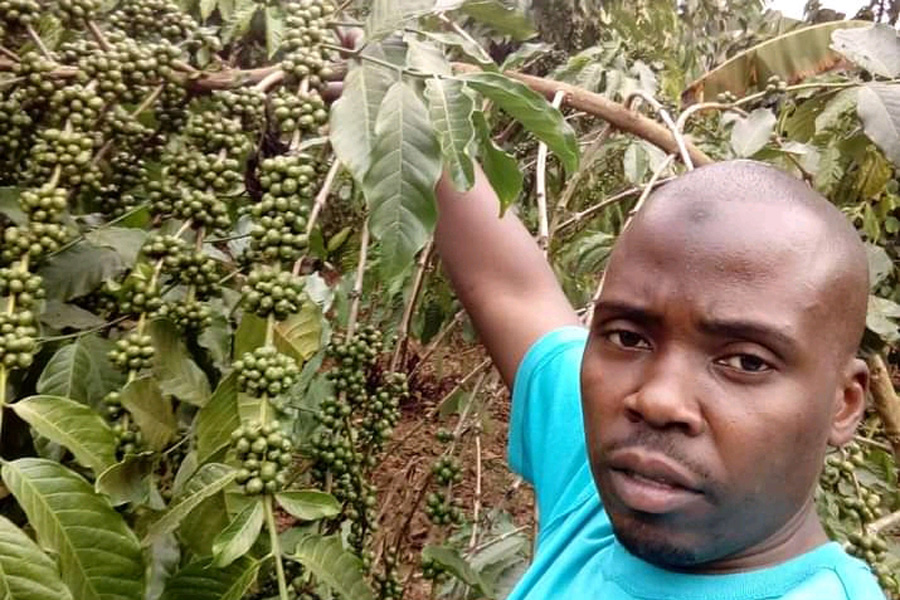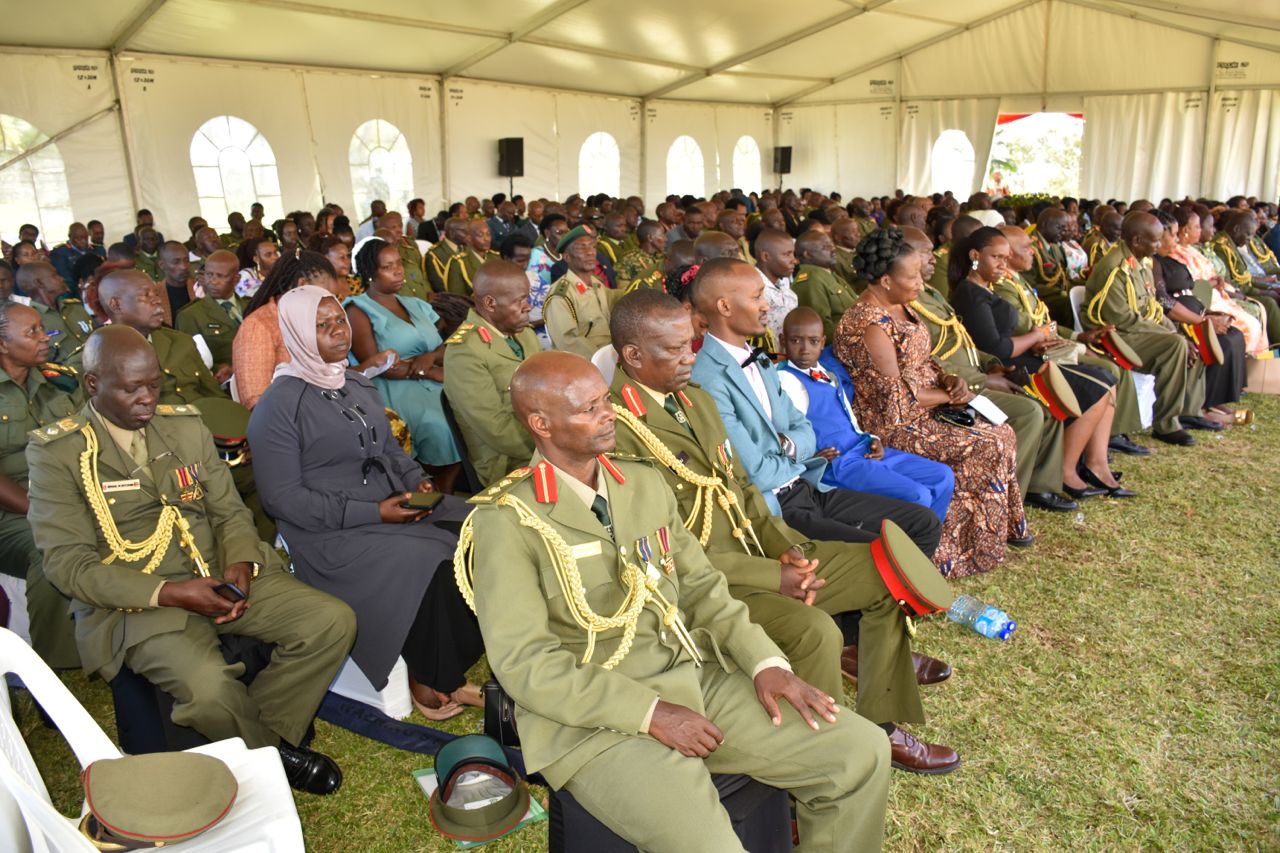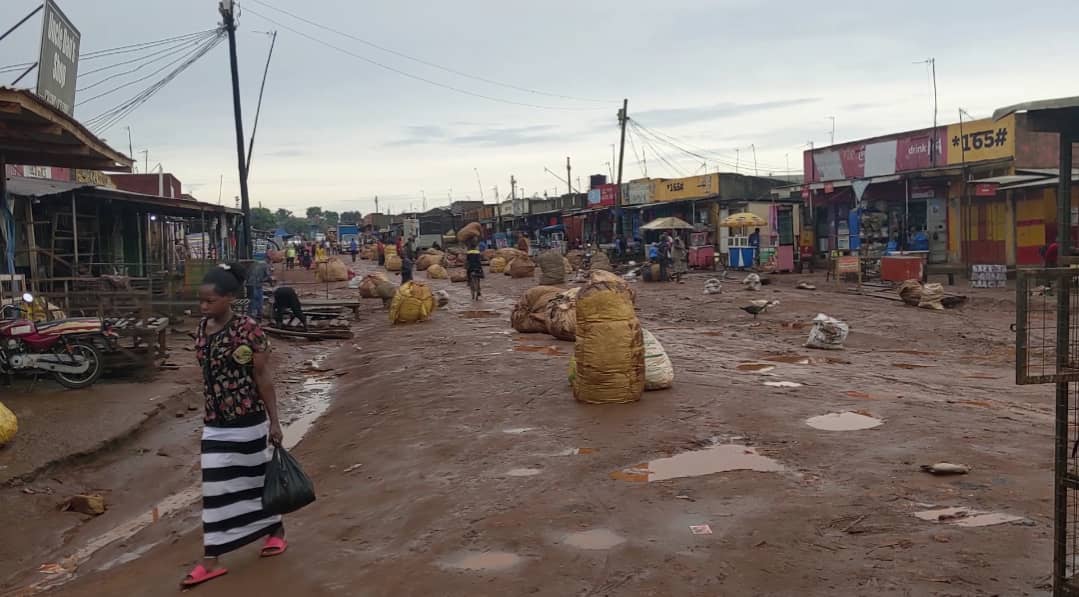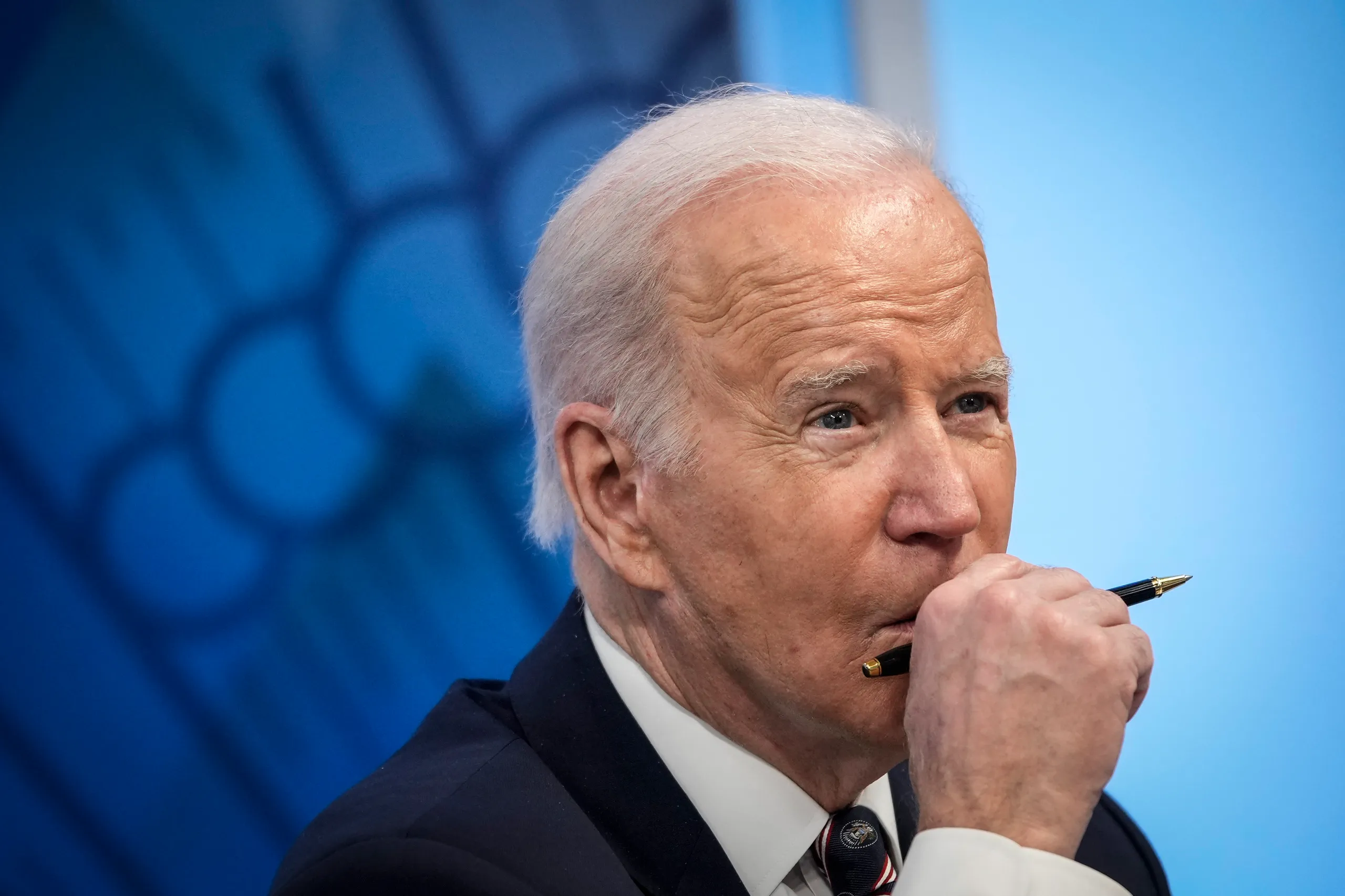Maize ban: Ugandan traders must embrace East African Court of Justice

Ivan A. Ojakol
In a missive dated the 5th of March, 2021, the Agriculture and Food Authority of Kenya wrote to the Kenya Revenue Authority Commissioner of Customs banning the importation of maize from Uganda and Tanzania into Kenya.
The letter added that the reason for the ban was that there were high levels of mycotoxins particularly aflatoxins and fumonisins discovered in the maize.
This without a doubt will have devastating effects on maize traders in Uganda if it has not already as is being reported in the press.
International Trade Law recognises that states have regulatory autonomy over their human, animal, or plant health life through what is known as Sanitary and Phytosanitary (SPS) measures.
Trade law emphasizes that there must however be a balancing act otherwise the said SPS measures become Non-Tariff Barriers to trade (NTB’s) and could instead advance protectionism.
The EAC adopted a Protocol on SPS measures in 2013 under the EAC Treaty which lays out among others that the partner states must harmonise and co-operate in SPS measures.
Article 38 of the Protocol on the Establishment of the East African Community Customs Union also provides for the same. The EAC Protocol on SPS measures further postulates that a ‘science-based approach’ must be adopted in these SPS measures.
Uganda and Kenya are also members of the Common Market for Eastern and Southern Africa (COMESA) and under this trade bloc, COMESA member states adopted COMESA SPS Regulations according to the COMESA Treaty to harmonise their SPS mechanisms.
Uganda and Kenya are also a part of the multilateral trading system under the World Trade Organization (WTO) and therefore a party of The WTO Agreement on the Application of Sanitary and Phytosanitary Measures (SPS Agreement).
The EAC SPS Protocol acknowledges international standards, guidelines, and recommendations in SPS measures.
This is consistent with the SPS Agreement which requires member states to found their SPS measures on the same.
Under the SPS Agreement, members are permitted to adopt SPS measures under certain qualifications. These qualifications are; measures should be applied only to the extent necessary to protect human, animal, or plant life or health; they should be supported by sufficient scientific evidence; they should not be used as a means of arbitrary or unjustifiable discrimination between members where the same conditions prevail in a manner that would constitute a disguised restriction on international trade.
The ''necessity'' requirement stated above is further elucidated in Article 5.6 of the SPS Agreement which mandates members to adopt measures "not more trade-restrictive than required".
This was enunciated in Australia – Salmon where the Appellate Body of the WTO also stated that for an SPS measure to be taken. It must be taken taking into account technical and economic feasibility;
The requirement of “Scientific evidence” is the bedrock of SPS measures. Articles 3.3, 5.1, and 5.2 of the SPS Agreement on risk assessment further elaborate on this standard.
The import of these provisions is that where a measure is in line with an international standard, the measure is presumed to be based on sufficient scientific evidence.
However, for a measure not based on an international standard, members need to provide not only evidence but also a risk assessment.
In the EC – Hormones, the WTO Appellate Body held that scientific evidence backed by a risk assessment is essential for SPS measures to be legitimate.
Kenya’s actions in my opinion fail miserably as far as meeting the above tests is concerned; they seem more trade-restrictive than is required and are not backed by cogent scientific evidence and are rather an arbitrary act of trade protectionism.
The exception to the above tests is under Article 5.7 of the SPS Agreement that allows WTO members to adopt provisional SPS measures in cases where the scientific evidence available is insufficient. Members are allowed to take protective action before there is concrete scientific proof of risk available.
These legal provisions recognise the fact that there might be a need to protect people from potential risks before the conclusion of scientific evidence.
It can be argued that Kenya has employed a provisional SPS measure in the instant case. However, in the EC – Hormones case, the Appellate Body noted that these provisional measures can indeed be invoked in the SPS regime of a member state, but these provisional SPS measures do not override the specific obligations in the SPS Agreement.
These provisional measures are usually taken when there is an outbreak of for example a serious disease affecting plants or animal imports as more information about the same is gathered. Have the Kenyans taken a provisional SPS measure? Does it pass the tests? No.
There is a legal remedy and the forum for that remedy is the East African Court of Justice.
The East African Court of Justice (EACJ) is an organ of the East African Community to which Uganda belongs.
The East African Court of Justice (EACJ) is one of the organs established under the East African Community Treaty. The Court has a First Division and Appellate Division.
This Court is given precedence over national Courts when it comes to the interpretation of the EAC Treaty and further still under the same Treaty, national Courts are directed to refer matters touching upon the interpretation of the Treaty to the EACJ.
Any resident, not a citizen in any of the six partner states has legal standing before the Court and can therefore sue a partner state or an institution of the EAC challenging any acts, decisions, and laws for contravening the EAC Treaty.
The Court, therefore, is accessible to all and sundry in East Africa and avoids burdening the national Courts that may take ages to resolve these Community disputes.
The argument of exhaustion of domestic remedies before going to the EACJ does not apply as is common in regional Courts elsewhere like the COMESA Court of Justice.
To give perspective to this, the much-vaunted African Continental Free Trade Area (AfCFTA) will have a dispute settlement mechanism akin to that under the World Trade Organisation that permits only state parties to bring matters before the Dispute Settlement Body; meaning only cases like Uganda Vs. Lesotho will pass under the AfCFTA thus locking out private individuals who are the ones and not governments in the thick of the trade world.
The EACJ also has a unique Arbitration jurisdiction. Arbitration comes with its attendant benefits of faster resolution of disputes, flexibility, confidentiality, to mention but a few.
This Arbitration jurisdiction of the Court is unique because it is cheaper than Arbitration elsewhere as the Arbitrators thereunder are the Judges of the EACJ themselves who are highly trained and qualified in Arbitration.
This means that it is far more cost-effective than Arbitration for example under the London Court of Arbitration Rules.
The law allows the partner states to also take on each other, but African states except for a few instances, typically never take on each other in international tribunals and no wonder, no partner state has taken on another at the EACJ yet despite there being a couple of good grounds for that thus far as is in the instant case.
They prefer to use so-called “diplomatic channels” to resolve issues. The private sector must therefore rise to the challenge.
These “diplomatic channels” have many a time stood in the way of Ugandan traders achieving reliefs from the EACJ with politicians and government technocrats promising to achieve political solutions to whatever trade impasse as best exemplified by the milk-trade war with Kenya and the indefinite closure of the Uganda-Rwanda border.
The Ugandan government out of its character, last month threatened to drag Kenya to the EACJ over the milk issue, but we are yet to see the seriousness of those threats.
The only limitation is that cases must be brought before the EACJ within two months from when the cause of action accrued.
A comprehensive dispute settlement mechanism provides certainty to international trade as we have seen with the European Union as business people get assured that in case of any breach, they can have recourse to a quick and efficient forum for dispute resolution.
The EACJ has grown in boldness and activism. Its jurisprudence now ‘stings’ as seen in Hon Dr. Margaret Zziwa v Secretary-General of the East African Community, the EACJ Appellate Division awarded Margaret Zziwa damages of USD 114,000 for unlawful impeachment as East African Legislative Assembly Speaker.
In Grands Lacs Supplier S.A.R.L & Others v Attorney General of Burundi, where the EACJ awarded a Ugandan company USD 20,000 for unlawful seizure of its goods by the government of Burundi and recently in Union Trade Centre V Attorney General of Rwanda and Other, the Applicant was awarded $ 500,000 for the illegal takeover and auctioning off of his mall.
Now that that the Court is fully constituted both at the First Division and Appellate level after the Summit appointed new Judges at the end of February 2021, let us go to the EACJ.
The author is a trade lawyer


